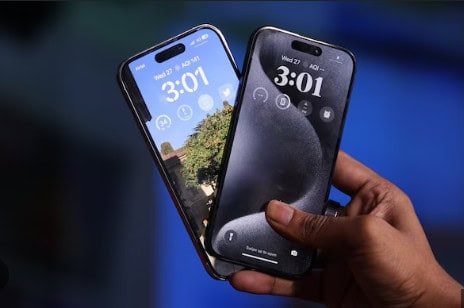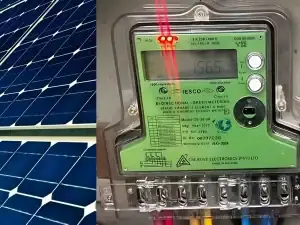As Apple prepares to launch its highly anticipated iPhone 16 in September, the tech giant has announced that the iPhone 15 will soon be rendered obsolete. This marks a significant shift for Apple, as the iPhone 15 will become the fastest model in the company’s history to be taken off the shelf, having been released just last year in September 2023.
Typically, Apple considers a device ‘obsolete’ after it has been off the market for seven years. However, the iPhone 15 will not even receive the latest iOS 18 update, a surprising move given that older models, such as the iPhone 11 through 14, will still be compatible with the new software.
For current owners of the iPhone 15, this development means that their device will no longer benefit from Apple’s standard updates, which include security patches, new features, and performance improvements. While the iPhone 15 will still function, it will gradually lose access to the latest apps and services that require updated software. Additionally, users may notice a decline in overall performance as their device becomes less optimized over time.
Apple’s decision to phase out the iPhone 15 so quickly has raised questions about the company’s strategy. In the past, Apple has maintained older models for several years, offering them at a reduced price after the launch of a new iPhone. However, with the iPhone 15, the company has chosen a different path, leaving users with fewer options for keeping their devices current.
Despite the short shelf life of the iPhone 15, users can still seek part replacements for the device under Apple’s ‘vintage’ classification, which allows support for devices discontinued between five and seven years ago. This means that iPhone 15 owners can expect at least two more years of support for hardware repairs, though software updates will no longer be available.
As the iPhone 16 prepares to make its debut, iPhone 15 users may find themselves at a crossroads: upgrade to the latest model or continue using a device that will soon be left behind by Apple’s rapid innovation cycle.













